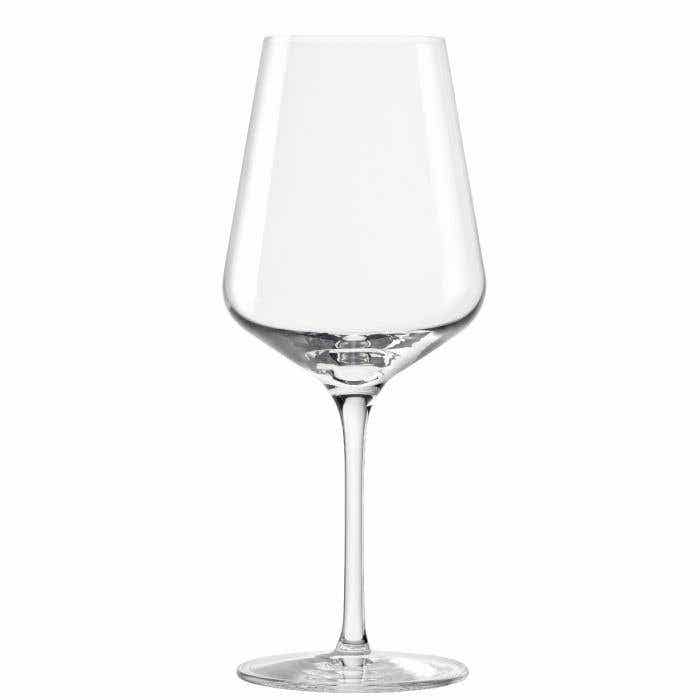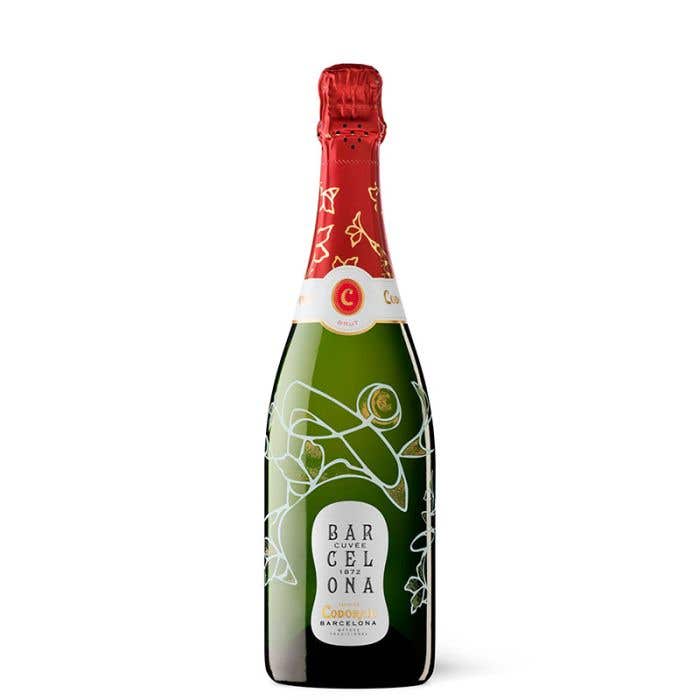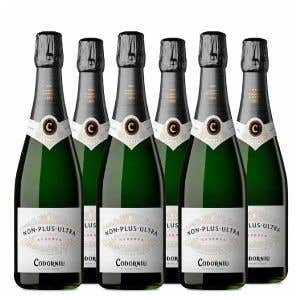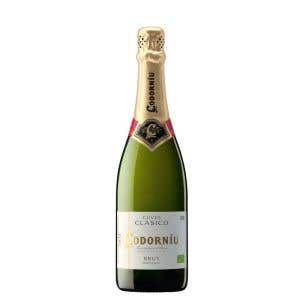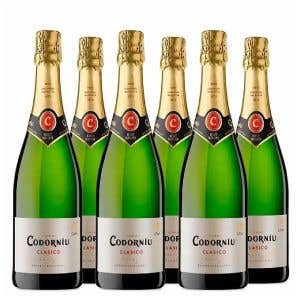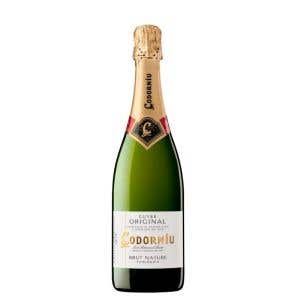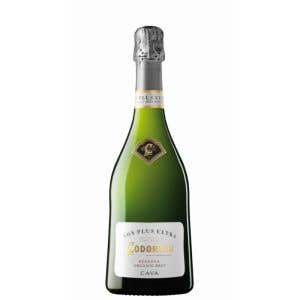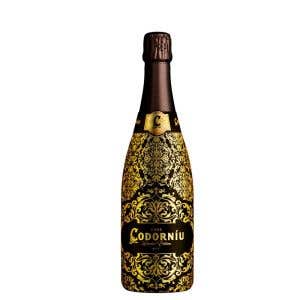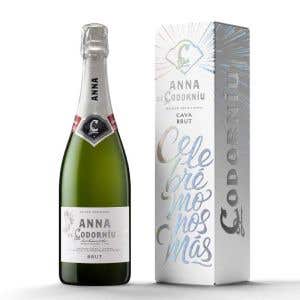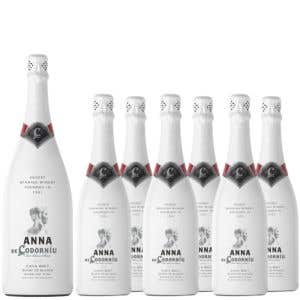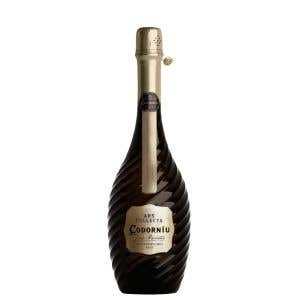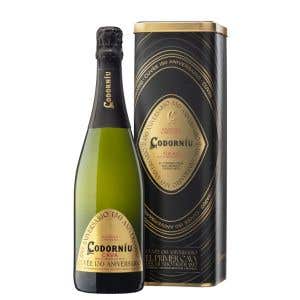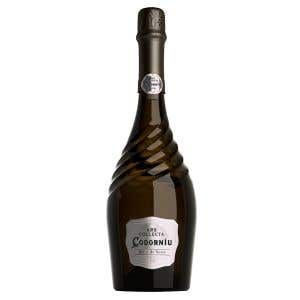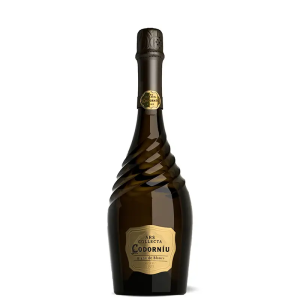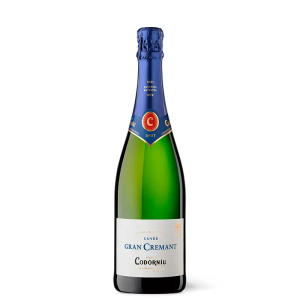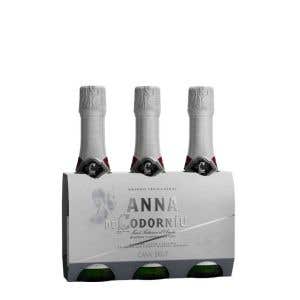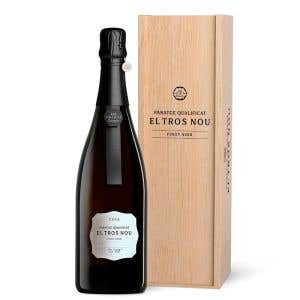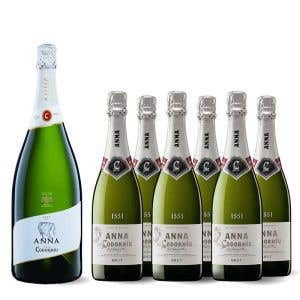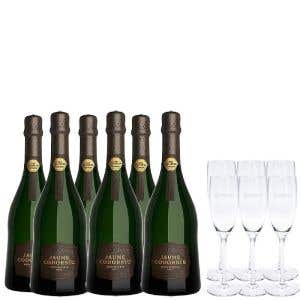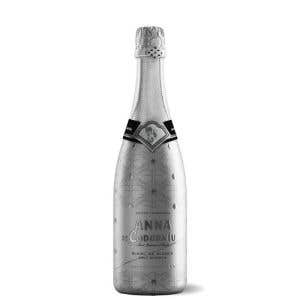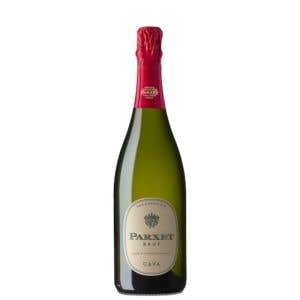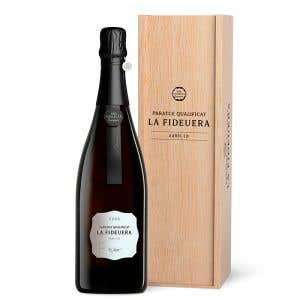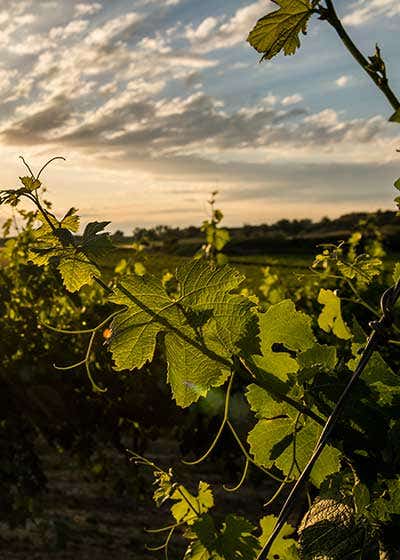

Cuvée Barcelona 1872 Brut, made using the classic grape varieties, Macabeo, Xarel·lo and Parellada, pays tribute to the year that Josep Raventós created the very first bottle of cava. This sparkling wine revives the traditional way of making cava, with the same varieties, in a bottle inspired by the modernist stained glass windows in the Codorníu winery. Its fruity aromas, creamy texture and expressive nature earned it 90 points from the prestigious wine critic James Suckling in 2020.
Awards
View
Very pale straw yellow. A fine elegant mousse.


Nose
Predominant fruity aromas from the traditional varietals: white fruit (apple, pear), citrus and notes of white flowers.
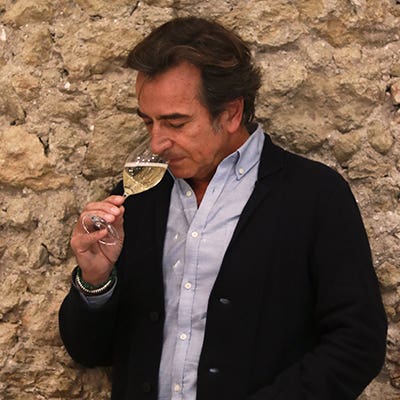

Palate
An expressive balanced mouthfeel that is creamy and fresh.
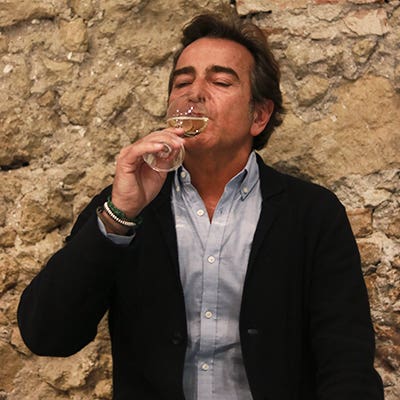

Varieties and Analysis
Yes
Contains sulfites11.5%
Alcohol volume (%)D.O. Cava
Designation of OriginMacabeo, Parellada, Xarel·lo
Variety/CoupageCava
ProductYes
Suitable for vegansThe Winery
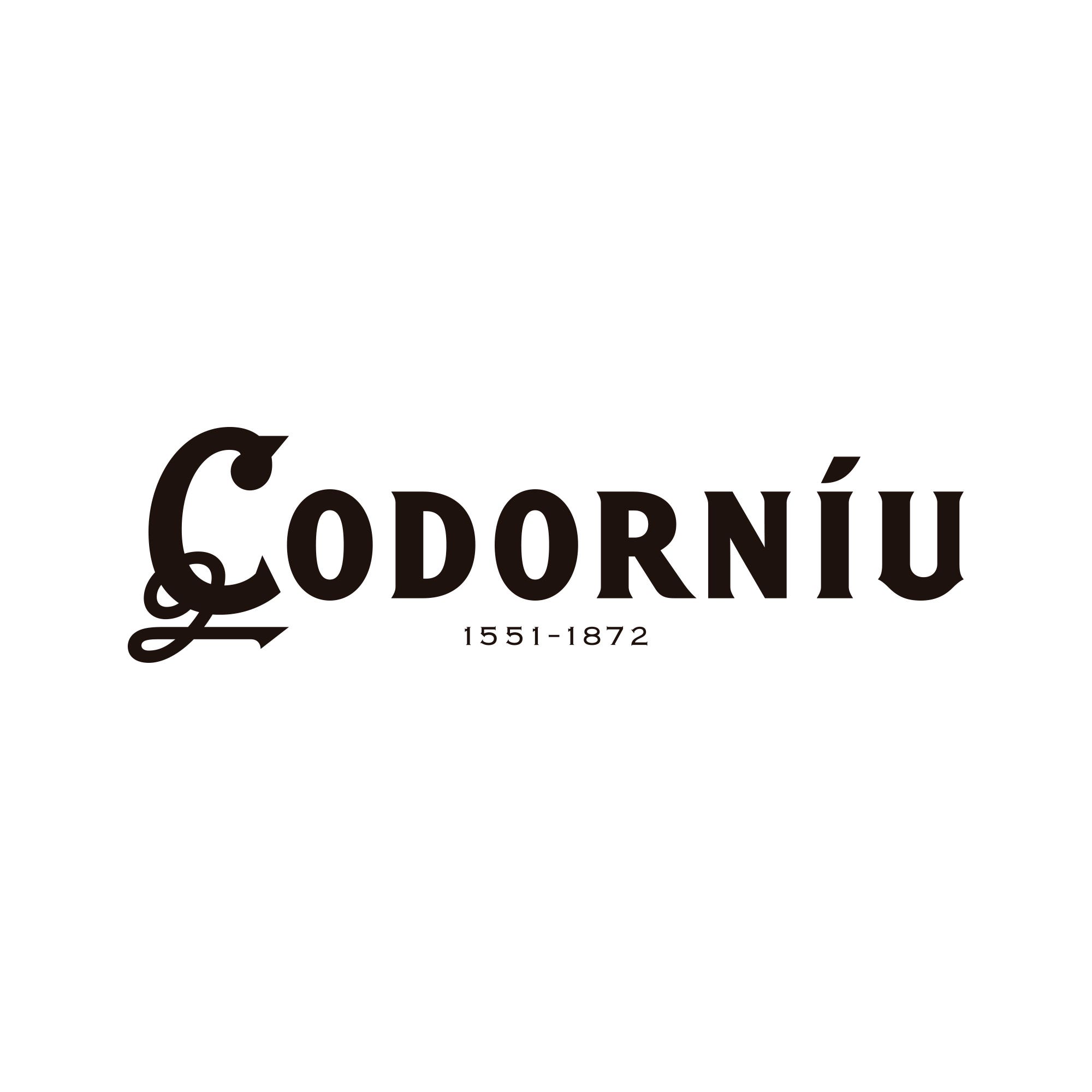

The history of Codorníu is the story of 18 generations of a vine growing family. In 1872, Josep Raventós made the first bottle of cava, applying the traditional method to a blend of the grape varieties of Penedès: Macabeo, Xarel·lo and Parellada. Codorníu reflects the history, tradition, passion and expertise of a family winery with more than 450 years of history, which today continues to maintain its leading position in the production of quality wines and cavas. His cellars in Sant Sadurní d’Anoia were declared a National Historic Artistic Monument in 1976, as one of the key works of Catalan modernism, created by Puig i Cadafalch.
Elaboration - Vinification
For this cava we have reproduced the same techniques used half a century ago in our winery, readapting them to today.
For this cava we have reproduced the same techniques used half a century ago in our winery, readapting them to today. Traditional winemaking made up for the lack of technology with ingenious solutions. The fermentation temperature of the musts was strictly controlled using a system known as “capas” (layers). Fresh must was added to must undergoing fermentation to lower the temperature. The resulting changes in temperature improve the texture of the cava. Back then the must was fermented in cement tanks covered with ceramic tiles, cairons, and also in wooden kegs. Today in our winery these materials coexist with stainless steel vats, adding to the range of aromas and flavours of the base wine and subsequently of the final cava. Oak is used in the fermentation of the musts with the aim of obtaining wines with a more varietal character but without bringing out the toastiness. Once the final blend of the base wines has been defined, the wine is bottled along with the expedition liqueur (wine, sugar, clarifier and yeasts). The bottles are racked in the underground cavas where the second fermentation takes place followed by a period of aging in contact with the lees of the yeasts. The wine spends at least 9 months in the winery. Enough time to attain a balance between its fruity character, coming from the grapes, a richer expression contributed by the lees and the perfect integration of the carbonic gas throughout fermentation during cellaring.


Vineyard - Viticulture
The grapes used to make Cuvée Barcelona 1872 are from the local varietals, Macabeu, Xarel·lo and Parellada.
The grapes used to make Cuvée Barcelona 1872 are from the local varietals, Macabeu, Xarel·lo and Parellada, carefully picked on vineyards located in the Penedès region, not far from the coast. The harvest commences at the end of August and lasts until the end of September when the Parellada grapes, which are grown on higher ground, have ripened. Good ripening that respects the grape’s acidity provides us with raw material with great cellaring potential.

